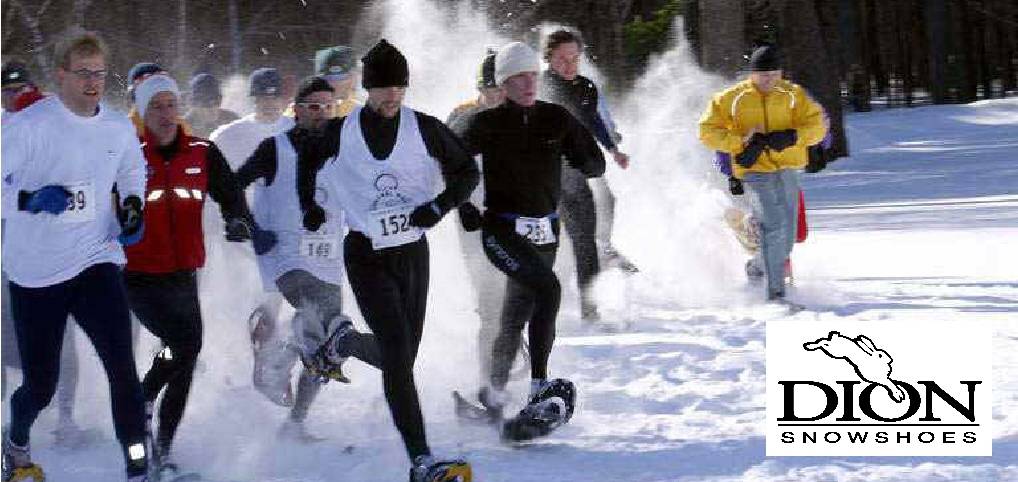By Dr. Maureen E. Roberts. M.D.
Have you ever gone skiing on a frigid Northeast winter day, popped some toe warmers on your ski sock underfoot, put on your boots, and headed out on the mountain, confident your feet will stay warm after hours riding a chilly lift? Many of us have, with nary a thought as to just how these products work and whether or not we need to worry about them. These packets contain iron powder, activated charcoal, and vermiculite, and they create warmth by a process called oxidation, whereby oxygen in the surrounding air reacts with this iron powder to create heat, with temperatures up to 165 degrees Fahrenheit reported. This heat can last up to 6-8 hours, plenty of time to enjoy the great outdoors!
When one looks at the instructions on the back of the packet, it clearly states that one should not put the warmer in direct contact with the skin and remove them immediately if they become too hot. It doesn’t state, however, that one should not wear these in shoes that are ventilated, like running shoes or cycling shoes, which allow oxygen to continue to interact with the iron powder, creating dangerous levels of heat! Unfortunately, this is what happened to an elite runner at an 8K snowshoe race in Wilton, NY, in mid-February. The use of toe warmers by this woman led to second degree burns on the bottoms of both of her feet, requiring a visit to the local emergency room, and many weeks of pain and crutches afterwards!
In fact, online research shows that second degree burns have been reported by other winter athletes, both cyclists and winter runners. In fact, when one goes to the home page of a very popular brand, Little Hotties, there is a Precautions page which clearly states,”Little Hotties Warmers should not be used under the following conditions: do not apply directly to the skin, do not use in shoes during vigorous activities, such as running, do not use in shoes that have air ventilation holes, do not use in oxygen-rich environments.”
So what does one do if the toes are cold heading out for a winter run or snowshoe run? You are better off wearing a wicking sock liner and a good pair of wool socks, then changing out of them into fresh wool socks when the run is over. If you do wear toe warmers, put them on top of your foot (on top of the wool sock) rather than under the ball of the foot. If you begin to feel any discomfort or excess heat, stop and remove them right away.
The toe warmers work best in a stiff, solid encased boot, like a ski boot, or heavy winter boots used in ice-fishing, etc. Don’t go and throw them all away after reading this, but be judicious in choosing when to use them!
Happy Trails!
— Dr. Maureen Roberts is an OB/GYN practicing on Saratoga Springs, NY. In her free time she enjoys running, snowshoeing, skiing, hiking, and playing tennis.
